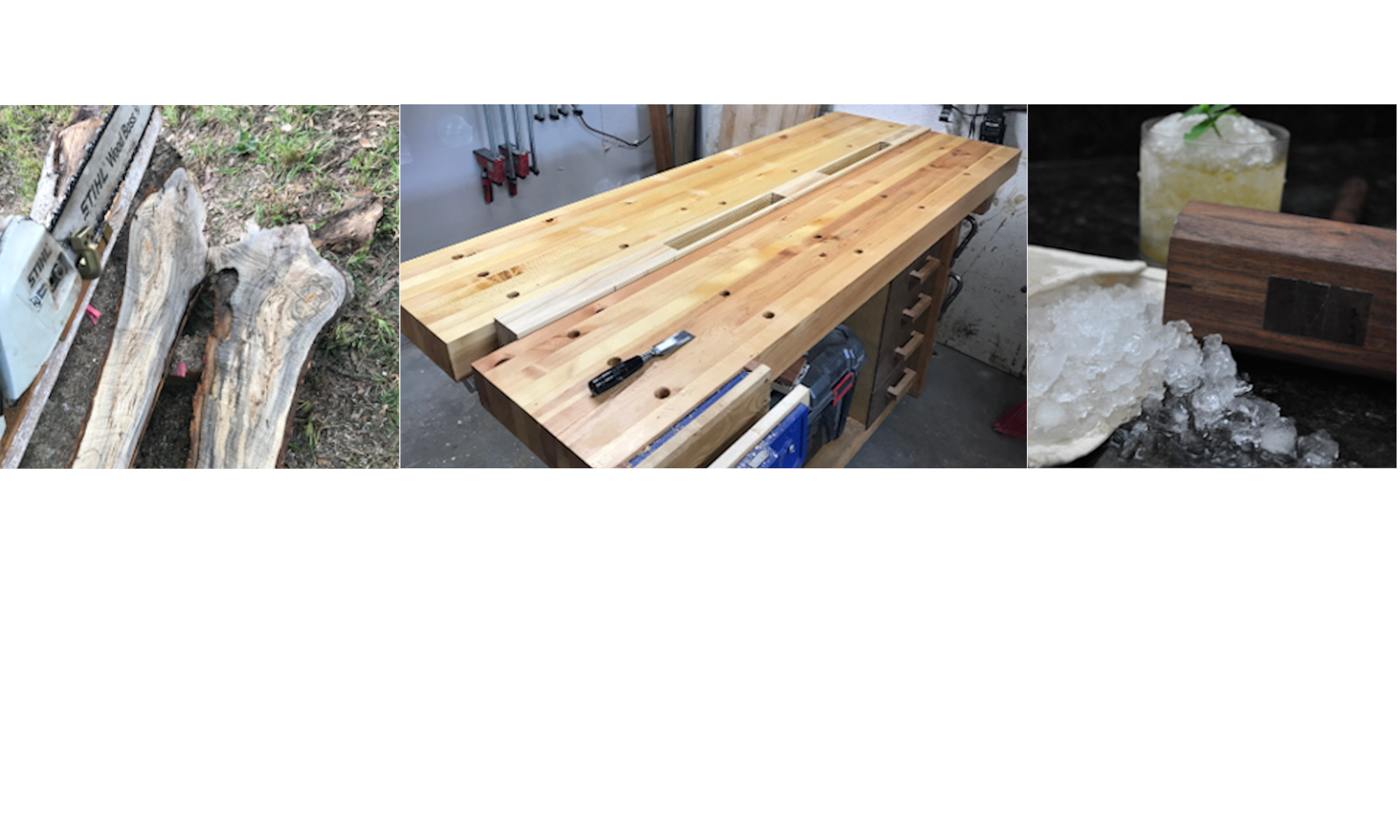Sailing Rig for the Grandy – Making a Birdsmouth Spar
As I have discussed previously we are building two boats from the same plans, one traditional and one contemporary. The purpose of this endeavor is to compare the build techniques. In addition, the traditional boat included a sailing rig borrowed from another small vessel (See Q2V2). Part way through last quarter we convinced our instructor that to have a proper comparison both vessels should have a sailing rig. The design of the rig, centerboard and rudder will be the same between the two boats with some differences in the fabrication techniques . For example, the composite boat will have hollow spars while the traditional boat will have solid. The sail portion of the rig on our boats is a sprit. A common sail configuration used on small sailing dinghies. A sprit rig consists of two spars, a main mast and a diagonal yard called the sprit.


The sprit yard for the contemporary boat will be made utilizing birdsmouth construction. The center diameter is 2 inches which tapers to different diameters on the ends. The process begins by sketching the cross sections at the known diameters. The spar consists of 8 staves where the thickness is calculated based on the largest diameter of the spar (2 inches) and remains constant. The width of each stave varies depending on the desired diameter. A quick sketch is advisable to ensure the desired dimensions are possible. The next step is to mill the staves based on the cross-section at the largest diameter, the species for this spar is sitka spruce which is lightweight and strong. This milling includes the birdsmouth or v groove on one side of the width. The taper required for the spar is shaped into the staves prior to assembly. Two staves are used to mill down the remaining six by clamping them together on a work bench.





The staves are dry fit in cradles that hold them as close to level as possible. The cradles hold assembly while it is glued together with epoxy. The next steps are very close to the practice spar I made back in week 8. The only difference is that the initial shape is almost 8 sides to start with. Once 8 sides is achieved you layout for 16 and then 32. Every attempt is made to get as close to the finial shape with edge tools (hand plane and card scraper) before switching to a long piece of 80 grit sandpaper. The ends are finished by turning 6 inch plugs out of fir, the ends could have been plugged with an octagonal cylinder prior to glue up as well. Each end gets the necessary shape carved in them, one for the snotter connection at the mast and the other connects to the peak of the sail. Final finishing will be 3 coats of epoxy then copious amounts of marine varnish.











Vacuum Bagging a Hull
Work continues on the sport grandy, in the last update we installing the first set of veneers attached with epoxy and held in place with plastic staples. That surface was then faired and filled until is was as perfect as possible. The third and final layer of wood is another set of veneers placed on the boat in a 90 degree orientation to the last layer. Basically we are making a piece of plywood in the shape of a boat. Once the pieces are dry fit the process is similar to most other epoxy applications. Both the veneer and the hull are wet out with resin/hardener and a layer of thickened epoxy is applied to the hull. Plastic staples are used to hold the panels in place but not as many as on the previous surface because this one will be clamped to the hull with a vacuum bag.
Vacuum bagging is a process where a vacuum is applied evenly across the entire part. The “sandwich” that mades this possible includes, the wood veneers, peel ply (a release fabric that helps with resin distribution and prevents amine blush), breather cloth (fabric that helps with airflow and allow the resin to flow through the peal ply and not attache to the film), and finally the film (a plastic sheet that, along with butyl tape attached to the boat provides the seal). A hose it attached to the bag with a “volcano” (plastic funnel looking fitting) and a vacuum is pulled where the target is 29 in/Hg. The vacuum is held overnight after which the sandwich can be removed. This process is repeated for the other side of the boat. The resulting surface is very close to perfect and required little fairing.




Once both sides of the boat have their final veneer layer the next step is finalizing the centerline which includes the outer stem and keel. The outer stem is a lamination of 1/8” thick pieces of Sapele. These laminations were first steamed with boiling water and attached to the boat to help change shape. Once cooled, they were glued together, using the boat as a mold. The Stem is then attached and shaped round to accept a layer of fiberglass.




Prior to attaching the keel, the next piece of the boat’s centerline, we need to connect the sides of the boat together to make a cohesive hull. First we adhered a tape of biaxial fiber glass to attach both sides together. This is attached with epoxy and faired smooth. Next the entire hill will get a coat or 8 oz glass to tie everything together. Glass is laid from sheer to sheer dry and wet out with a roller. The goal is a translucent surface where the fibers are still visible. The seem between sheets of glass is overlapped and cut with a roller. Once the epoxy “tacks up” a fill coat is rolled on which is lightly thickened epoxy.




